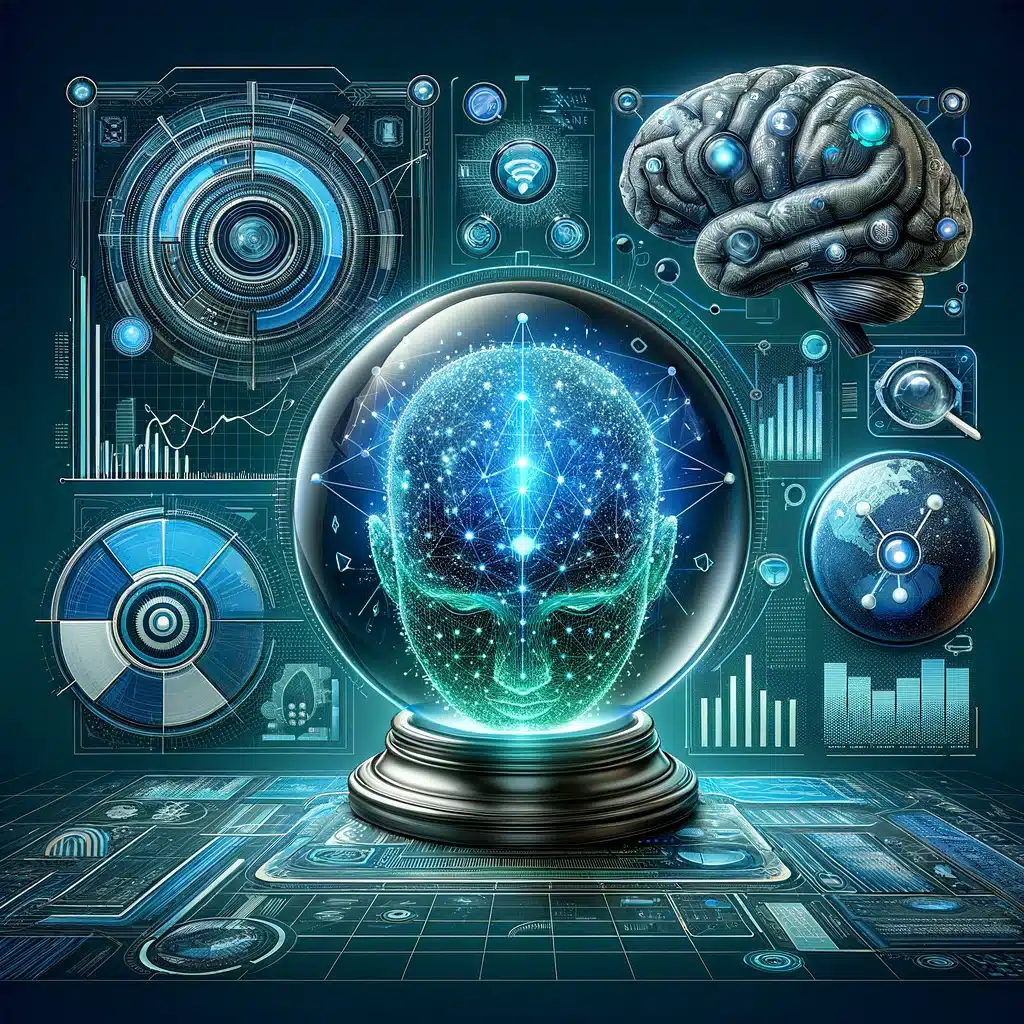As the landscape of data analytics continues to evolve at a breakneck pace, tools like Microsoft Power BI are at the forefront of revolutionizing how businesses harness data for decision-making, strategic planning, and operational efficiency. Emerging trends, particularly the integration of Artificial Intelligence (AI) and Machine Learning (ML), are set to redefine the boundaries of what’s possible in business intelligence (BI). Here, we explore these trends and predict how they will shape the future of data analytics with Power BI.
The Rise of AI and Machine Learning in Power BI
AI and ML are not just buzzwords but transformative technologies reshaping every aspect of data analytics. Power BI, recognizing this shift, is increasingly embedding AI and ML capabilities into its platform. This integration allows users to uncover deep insights, forecast trends, automate data cleaning, and even generate natural language summaries of data insights.
Predictive Analytics
Predictive analytics is becoming more accessible, thanks to AI integrations within Power BI. Users can now leverage built-in AI features to predict future trends based on historical data. This capability is invaluable for industries like retail, finance, and healthcare, where forecasting demand, revenue, or patient outcomes can significantly impact strategic decisions.
AI-driven Data Cleaning and Preparation
Data preparation is often cited as one of the most time-consuming aspects of analytics. AI-driven automation in data cleaning and preparation significantly reduces this burden. Power BI is enhancing its AI capabilities to automate the detection and correction of data anomalies, inconsistencies, and errors. This not only speeds up the data preparation process but also improves the accuracy of the analytics.
Natural Language Processing
Natural Language Processing (NLP) is another area where Power BI is making strides. Power BI’s integration of NLP allows users to query data using natural language, making data analytics more accessible to non-technical users. This democratization of data means insights are no longer gatekept behind technical expertise, broadening the scope of data-driven decision-making across organizations.
Enhanced Data Security with AI
As data becomes increasingly central to business operations, its security becomes paramount. AI and ML algorithms are being employed to enhance data security within Power BI, offering sophisticated anomaly detection that can identify and alert on potential security threats or breaches in real-time.
The Future of Collaboration in Power BI
The future of Power BI also lies in enhancing collaborative capabilities. With remote work becoming the norm, Power BI is expected to introduce more features that facilitate seamless collaboration among teams, regardless of their physical location. This includes real-time data sharing, collaborative report editing, and enhanced version control.
Predictions for Power BI and Data Analytics
Looking ahead, we anticipate several key trends to dominate the future of Power BI and data analytics:
- Increased Adoption of AI and ML: As these technologies become more integrated into Power BI, their adoption will rise, leading to more sophisticated, predictive, and automated analytics.
- Greater Emphasis on Data Literacy: With data analytics becoming a critical skill across job functions, organizations will place a greater emphasis on building data literacy among their workforce.
- More Customizable AI Models: Power BI users will likely gain the ability to customize AI models more extensively, tailoring them to their specific industry needs and data types.
- Expansion of Data Sources: The variety and volume of data sources that Power BI can connect to will expand, incorporating more real-time data streams and unstructured data types.
The integration of AI and ML into Power BI is not just enhancing its current capabilities but is also paving the way for entirely new functionalities that were previously unimaginable. As we look to the future, it’s clear that Power BI will continue to play a pivotal role in the evolution of data analytics, making it more predictive, automated, and accessible to users across the spectrum of technical expertise.





This Post Has 0 Comments